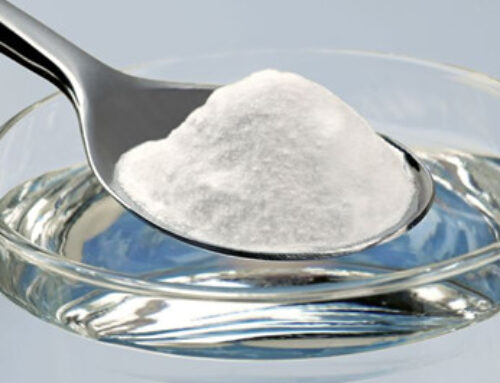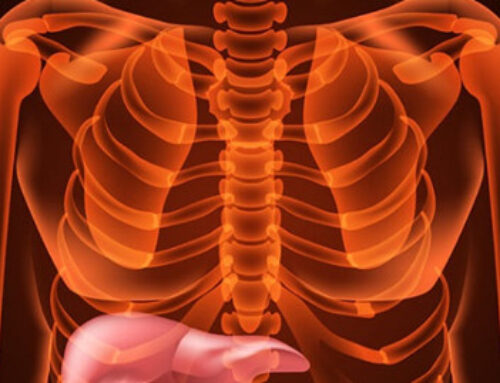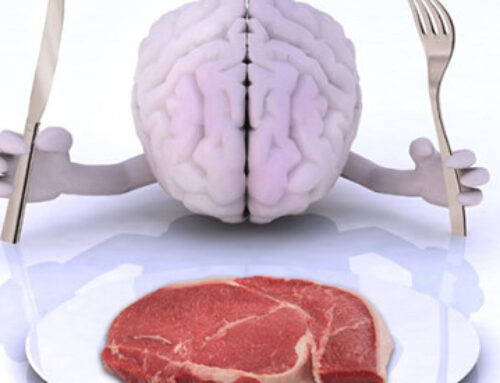Hang tight, this article might make you uncomfortable, but it addresses something many people suffer from but few understand how to address: the health of your interiors. If you or someone you know suffers from gastrointestinal distress, please read on and learn about these real and important issues, which are often dismissed by the medical community. This article is dedicated to those of you suffering with unresolved gut issues.
How is your gut feeling? Do you have problems with bloating, distention and gas? Are you having good, healthy bowel movements daily or do you struggle with chronic constipation? Are you dealing with diarrhea multiple times a day? How about both constipation and diarrhea? You might be surprised how many clients I see with these symptoms. Digestive disorders are so common; most people think they are normal! A friend once told me she eliminated only once a week. When she took it up with her doctor, she was told this was completely normal…it seems some of our medical professionals accept gut disorders as a natural part of living. Bloating and discomfort are not normal and should be addressed, as these symptoms are your body’s way of saying something needs adjusting. Clearly, these types of symptoms indicate a problem—they are the manifestation of your gut telling you something is seriously wrong. If you want to live a long, healthy life, you will want to get your gut into a healthy balance.
Our microbiome can become dysfunctional for many reasons. Our gut is the seat of health, or the seat of disease, depending on the state it is in. Getting things back into balance is not always simple, but the importance of having a healthy gut cannot be overstated! Absolutely no other system will work optimally without your digestive system operating in a healthy fashion. Let me restate this: you cannot be healthy if your insides are sick!
SIBO (small intestine bacterial overgrowth) is a fairly common disorder and can be the reason why some people have problems with constipation and diarrhea, along with bloating and gas, on a regular basis. This is a very aggravating condition with very uncomfortable abdominal symptoms. People will often remark that they feel great in the morning before they eat anything, but after a few meals, or by afternoon or early evening, their abdomen is distended and bloated with gas pains and a general feeling of malaise. Does this sound familiar? These symptoms are caused by certain bacteria setting up camp in the small intestines. Microbes that are considered friendly bacteria when they live in the large intestine are thriving in a place where they don’t belong. The strains of bacteria typically responsible for this upset are lactobacillus and/or bifidobacterium and sometimes other lesser-known types of bacteria.
We all know how beneficial these bacteria are (Also see my article: A Gut Feeling: How the bacteria within directly affects your health), keeping us healthy by manufacturing vitamins constantly and making enzymes so we can fully digest our nutrients. But a large overgrowth of these friendly bacteria in the wrong location (small intestine) can cause a lot of problems. The health-promoting aspect of these bacteria only work if they are in healthy populations in the large intestine. SIBO is often behind the diagnosis of IBS or irritable bowel syndrome, and autoimmune diseases of the gut like ulcerative colitis and Crohn’s disease.
Many people think that a diet with lots of vegetables and fruits is the perfect healthy diet. But, with SIBO, the carbohydrates found in these healthy plant foods are the problem. The microbes consume carbohydrates in the form of fiber and sugars found in fruits, veggies, nut and grains (and also in junk foods) and produce gas as a metabolic waste product. These gasses cause the discomfort, pain and abdominal bloating.
There are generally two types of gas that are produced: hydrogen and/or methane gas, depending on the dominant type of microbes. Methane gas that is produced by some of the bacteria is associated with constipation; our bodies do not absorb methane gas and it causes the peristalsis action (the wave action of the muscles in the wall of the intestine that push food forward) of the intestinal wall to become paralyzed so food does not move through the intestines at a normal rate. This can cause terrible constipation. Hydrogen gas, produced by other types of bacteria, is the cause of chronic diarrhea and can be debilitating. A mix of both types of bacteria can cause both diarrhea and constipation.
Over-use of antibiotics is probably the biggest contributing factor to SIBO. Antibiotics kill off intestinal microbes, whether they are good or bad. An intestine that lacks the good, healthy microbes cannot kill off pathogenic microbes; when a pathogenic microbe is introduced, it multiplies and can spread to other areas of the intestine. A diet that is high in processed foods, sugar, alcohol and refined carbohydrates is another significant cause of SIBO. Opiate pain killers can also cause SIBO because they slow the peristalsis of the intestines and over time, an overgrowth of bacteria can get started in the wrong place. A bout with food poisoning, “stomach flu” or “travelers’ diarrhea” can be a starting point where many people notice they don’t ever seem to recover from the original infection. Another possibility is a malfunctioning ileocecal valve (the junction between the small intestine and the large intestine). This valve works to keep food which has moved into the large intestine from backing up into the small intestine. If it malfunctions, backup can occur and can easily cause SIBO. Low levels of hydrochloric acid in the stomach could be a contributing factor to SIBO as well, because hydrochloric acid is our body’s number one fire wall. It prevents bad microbes of all types from getting past the stomach and deeper into the body. If the levels of this acid are healthy, it will digest pathogenic microbes before they reach the intestines.
There are other ways SIBO can get started, but the most important thing is how to get rid of it once it occurs. Living with SIBO becomes unbearable over time and degrades one’s health and quality of life, causing malnutrition and problems with fat digestion, leading to nutrient deficiencies.
Getting SIBO under control is not impossible, but it requires hard work and discipline. Because the overgrowth thrives on the food you eat, there are many diets that have been designed to treat this unfortunate disorder: FODMAPS, the specific carbohydrate diet, the elemental diet, the GAPS diet, SIBO specific diet, Cedar Sinai diet, and others. They all have the same primary goal, which is to remove the carbohydrates or the food that feeds the microbes responsible for the problem. The diet is the starting place and I cannot emphasize enough how important it is to have 100% compliance with the diet. Which diet to use is up to you and the practitioner you work with, as doing this alone without guidance from a qualified practitioner will probably not give you the resolution you are looking for. This is a complicated gut problem and the diet will require tweaking, regardless of which diet is used, based on your own bio-individuality. Sticking to the diet for anywhere from two weeks to three months (depending on your circumstances), sometimes even longer, takes discipline and commitment. Some foods may not be added back into a diet after the condition resolves, depending on the person and their intolerances.
Herbal antibiotics are the other part of the process to reduce the overgrowth of microbes. Herbs like oregano oil, neem, cinnamon, berberine, allicin (garlic extract), olive leaf extract and grapefruit seed extract will reduce the levels of bacteria in the small intestine. These should be used judiciously, with the advice and guidance of your practitioner. And once the SIBO is under control, and confirmed with a lactulose breath test, then a program to rebuild your beneficial gut bacteria is necessary, to promote health and total healing.
How do you know for sure if you have SIBO? Symptoms are always important to consider, and hard to miss, but a lactulose breath test (better than the glucose test) offered by your practitioner will provide definitive answers. This test is a challenge test, meaning it measures the amount of gas the microbes produce after being fed the lactulose carbohydrate. Samples of your breath are collected after drinking a solution of a sugar we do not digest, but the microbes we are targeting do consume and if they are there at high enough levels, the breath samples will reveal high levels of methane, hydrogen or both gasses. This tells us there is SIBO.
SIBO has been a problem for decades, but it is still relatively unknown by the general population and by many medical professionals, which can be challenging for patients with persistent symptoms and no answers. I have seen this problem in my practice far too often. Many people can’t figure out what is wrong, and suffer for far too long. For those of you who are dealing with this or have friends or loved ones dealing with unresolved gut issues, this should be considered, especially because gut infections like this are behind autoimmune diseases like Hashimoto’s thyroiditis, arthritis, eczema, and so on. Fix your gut and take back your life.
Additional reading:
- Myers A. 10 Signs You Have SIBO. Mind Body Green. 26 Sep 2013. Available here.
- Siebecker A. What Is SIBO? Small Intestine Bacterial Overgrowth blog. Available here.
- Wedro B, Anand B. SIBO facts. Medicinenet. 16 Mar 2016. Available here.










